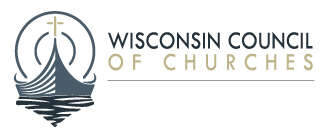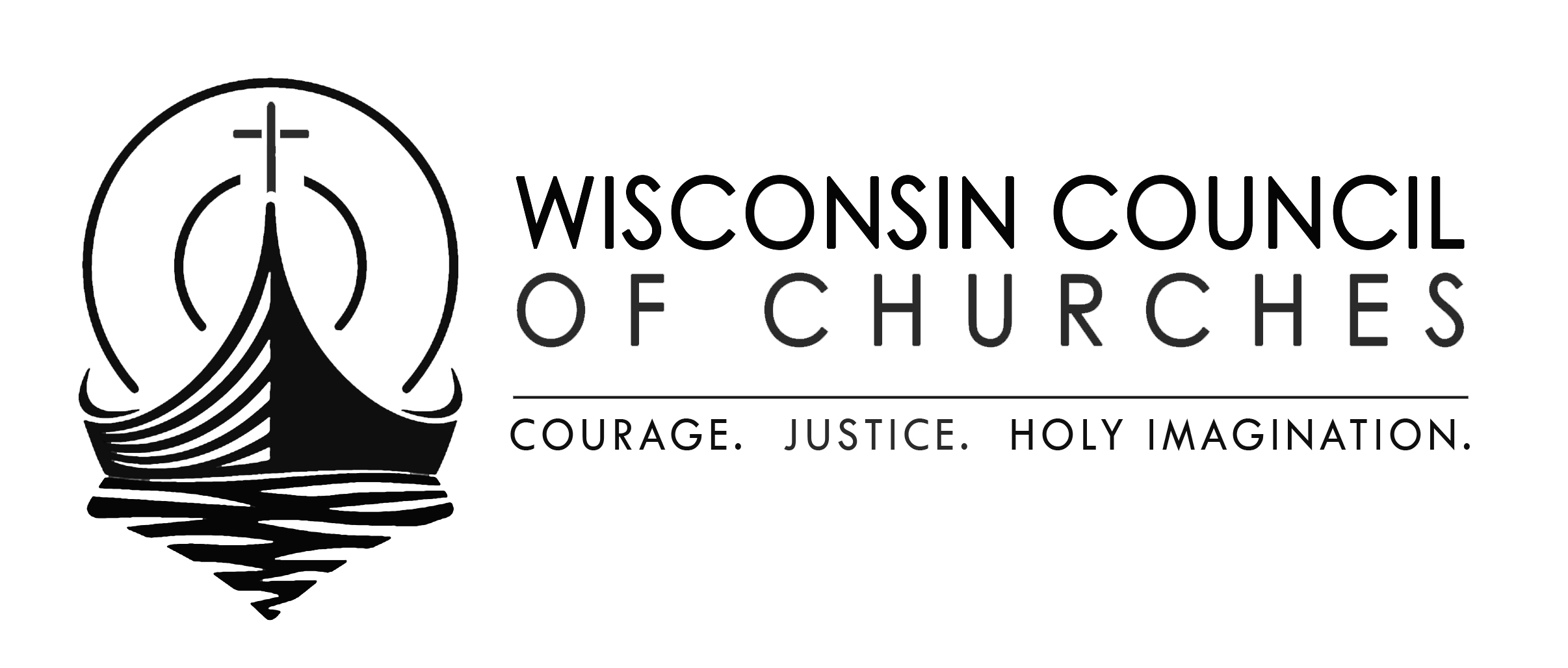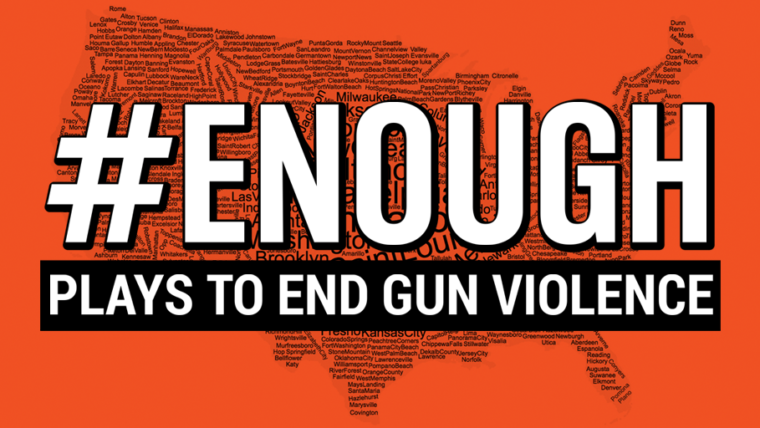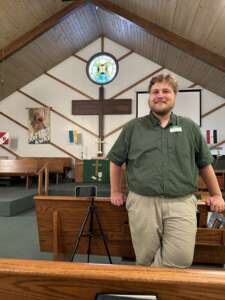
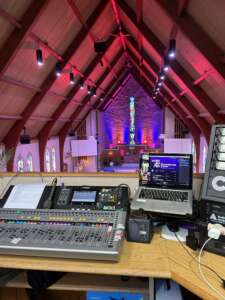
Reaching a Fork in the Road: Digital Ministry in 2023
March of 2020 is a time when the Church became digital. Many of us had thought about our online presence, some had experimented with livestreaming services, but with the onset of the COVID pandemic and the danger of in-person gatherings, we were forced entirely online. The Church was not closed, but it looked incredibly different in those early days of the pandemic as so many experimented with different tools and approaches and quickly and bravely pivoted their ministry into digital space.
Three and a half years later, most churches are still online though it looks wildly different in each congregation. When the WCC did a digital equity project this past August, we decided to also explore digital ministry. The WCC had helped provide resources like webinars and ideas to get churches online early in the pandemic, and I was curious what digital ministry in Wisconsin looked like in 2023. There were a few themes that emerged.
Choose a Path – Digital Campus or Doing Digital Ministry
First, I believe we are at a fork in the road in terms of digital ministry and need to choose between two different approaches. Many of us have already unconsciously made a choice and we are in a season of ministry where leaders are overworked and tired. Spending some time in reflection about the pathway we are on can help us discern where we need to put our efforts and also perhaps the freedom to stop doing some things.
We need to decide whether we are building a digital campus or if we are a church doing digital ministry. Building a digital campus means we need to build systems and structures that are entirely digital, recognizing that we may have a sizeable number of people who will be involved with our church online. In these churches, the locus of their ministry is both in person and online. This requires resources, including dedicated staff. While high-quality worship is important, a digital campus also requires online opportunities for discipleship and engagement beyond Sunday morning. This means that there are staff, volunteers, and programming that support the online campus. One church I spoke with just ordained their first digital deacon (in the PCUSA deacons are volunteer leaders who help care for the congregation) as they explore expanding their online presence. These sorts of churches keep a robust chat in their worship livestream, have online small groups, use apps, are exploring using tools like Discord, and other new ways to do the work of ministry online
Though the digital campus is often what is lifted up as the ideal, the reality is that it takes a vast amount of resources and is not the reality of what most of our churches can (or should) be doing. Most churches have very small staff and worship numbers. Though they can learn things from digital campuses, the locus of their ministry is in person. Digital ministry accentuates what is happening in person, but is an add-on, not an additional space.
In these churches, livestreaming may look like the pastor’s phone sitting on a stand in the front pew and they don’t have giant numbers of people gathering online. It’s usually 2 or 3 people, but the reality is that they often know the names of those people. Online worshippers include John who is in the hospital and Bev who hasn’t been in church for years but now can tune in. It includes Joe and Sally who are watching their grandchild sing. An entire volunteer team trained to engage them in chat in the livestream is not required because the reality is that most of these people probably won’t chat. Instead, finding someone in the church who can call them after worship and check-in is a better use of people’s time and much more beneficial to all involved. Though the numbers are small, the impact is huge for the few people who engage with it.
Worship is not the only place where digital ministry happens. These small churches are often still using Zoom and hybrid meetings to allow snowbirds to sit on committees or just make meetings easier when weather is unpredictable. And while they don’t need a robust website and massive social media presence, keeping these sites updated is important. I had a conversation with one pastor where I talked about how much I appreciated the reflections they shared on their personal page. This was their digital ministry that benefited both the writer and the reader, taking a moment to slow down and sit in gratitude for what God was doing in their life.
Content Creation vs. Engagement
The other major theme I encountered was content creation versus engagement. Churches are very good at content creation. Every Sunday, we create a worship service. It includes music, scripture, and preaching. It is something that can be livestreamed with not a huge amount of effort. Many churches also do a large amount of writing, whether it be writing devotionals, blog posts, or even newsletter articles. We advertise events with flyers and graphics. There is a massive amount of energy going into content creation. And it is important to do this work well. It’s important to be reflective and make sure that our content matches our theology and context.
And yet, I have been reflecting on how often we spend so much time making the “thing” – whether that be worship and something we’re putting online or an event we are planning – that when it gets to actually doing the “thing” or engaging people in the “thing” we run out of energy and it falls flat.
We can’t get so caught up in making our content that we forget who we are trying to engage and why. We need to be clear about why are we putting something online and then make sure we are inviting people to join in. It’s great if you livestream an event, but if you haven’t actually invited people to it, you are wasting your time and energy. We live in an era that is incredibly noisy. Putting things on Facebook or in e-newsletters (or anywhere else) is no longer sufficient. If we want people to actually engage, we need to invite them directly. Ministry is about relationships and people and that should be the driver of all we do, not the content we are creating. So while quality content is important, it is only useful if it is serving people and allowing us to deepen our relationships.
So the next time you find yourself or others investing a large amount of energy in something, I invite you to pause. Spend some time reflecting on the “why” and the “who”? Maybe ask if you can simplify it a bit and spend your energy inviting others to engage either as a volunteer or a participant (and hint: that invitation is often best done either in person or via a phone call).
It’s so easy to get excited about a new app, a new channel, or a new tool, but we need to ask if our people are there or if we are willing to invest the time and energy to onboard people to new systems. If not, the tool will not solve the problem but will instead just create more work. If we spend a lot of energy creating content in a place where we have no relationships and is not authentic to our community, we just become more noise in an already noisy environment and we will burn ourselves out. Instead, we need to lean into the places where we already authentically engage and our community already spends their time and then invite others to join us.
Tips & Tricks
We are in a new era of ministry. We are all navigating what digital ministry looks like in our own local context. The biggest thing I am learning is we need all of us. We need the digital campuses and we need the small churches doing digital ministry. I dream of the day when we can collaborate together to help serve our communities even more. I learned so much on the digital ministry road trip and want to continue to share with you, so for the rest of the year we will include a short Digital Ministry Tips & Tricks section in our ENEWS. These are the quick ideas that will be mostly targeted at smaller churches in Wisconsin and how we can improve our digital ministry. Because the reality is that digital ministry is here to stay. So I invite you to be intentional and do it in a way that brings life to your Church and ministry.
